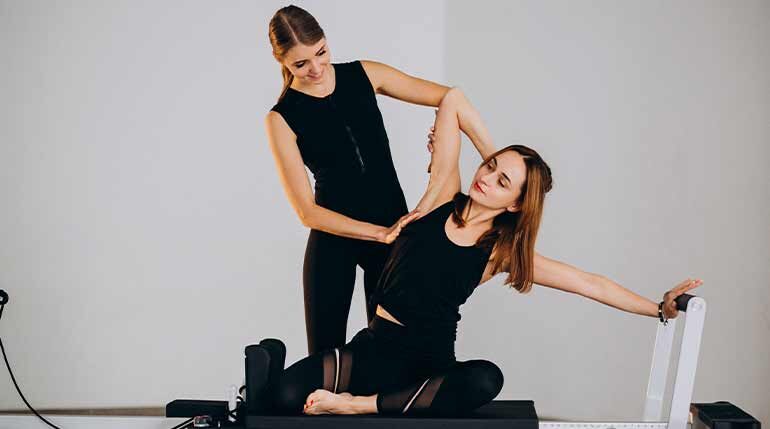
Pilates is a low-impact but incredibly powerful kind of exercise that will work every muscle in your body, from the inside out. Joseph Pilates, the method’s founder, originally called it “Contrology.” The idea is to do each action with complete awareness, focus, and accuracy so that you might gain subtle control over your body instead of being at its whim. You will adore the outcomes if you give it a try, which include:
- heightened body awareness due to a stronger mind-body connection
- increased ease and grace in all movements
- improved coordination skills
- greater stability and balance
- fantastic core strength, allowing more efficient movement throughout your body
- enhanced mobility throughout your spine, and indeed your entire body
- strong, toned abs, buttocks, and legs
What is Pilates?
Pilates offers a mind-body union of strength and concentration by fusing the accuracy of gymnastics, the grace of dancing, and the deep, flowing breathing of yoga. Although it started in the early 1900s, classes are currently available on the timetables of practically every gym in the nation despite the fact that they have only recently become widely popular.
History of Pilates
Pilates is a set of slow, methodical movements that emphasize core stability in order to keep good posture while building strength and flexibility. Joseph Pilates, who was born in Germany in 1883, is credited with giving the term. Joseph’s approach was influenced by both his mother, a naturopath, and his gymnast father.
Pilates was sickly as a youngster, which set him on a lifelong mission to improve his own physical fitness and strength as well as that of others. Like many of his contemporary fitness peers, Pilates’ passion and thirst for knowledge propelled him in a variety of directions. Over the course of his 83-year career, he worked as a circus performer, anatomical model, gymnast, boxer, author, and manufacturer of amazing training equipment. He created his method and exercise routine in the US, where he established a fitness center in a structure that was also used by dancers. Many of his customers were dancers, and he showed no mercy to them. He had a reputation for being a strict taskmaster and perfectionist.
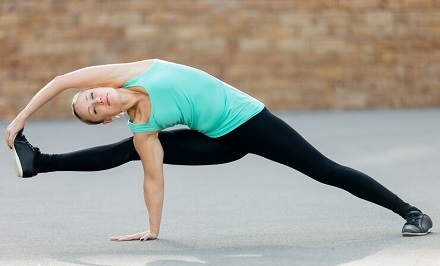
How Pilates develops muscle strength
Muscles must contract against opposition in order to get stronger. Your body’s weight can serve as resistance in Pilates, here we emphasize mat-based exercises that use this technique. But if you visit a Pilates studio, you can run upon unique apparatus with springs that offer resistance. Pilates can produce effects through low-resistance training rather than relying on heavy weights to increase strength. The 3D aspect of Pilates exercises, with each movement created to engage specific muscles from a number of different directions, is key to this. Pilates workouts teach you to link motions together to create strength.
Is Pilates designed for you?
Everyone, from beginners to professional athletes, can benefit from Pilates, a low-impact form of exercise. The mind-body coordination required will probably appeal to “Take it easy” personalities, the dynamic movements will probably appeal to “Get up and go” personalities, and the incredible core strength that it develops in just a few weeks of consistent practice will probably appeal to “Let’s-do-it!” types because it will improve performance in all other activities as well.
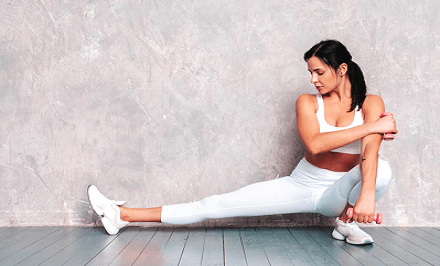
How to gain flexibility with Pilates
The range of motion of your joints is referred to as flexibility, and it is mostly influenced by the surrounding muscles’ capacity to stretch or elongate. Dynamic stretching, in which you pull your body into a stretch and then release it again, is a common Pilates technique for lengthening muscles. Static stretching involves pulling a muscle as far as it will go and holding it there. A Pilates regimen could include some static movements to help you unwind or as part of your cool-down.
You might not be able to perform challenging exercises like this one at first because they need a lot of strength, control, and balance, but with daily practice of the Pilates fundamentals, you will quickly develop the physical abilities needed.
Pilates Principles
The fundamental ideas of Pilates are what set it apart from other forms of exercise. The principles below convey the key points that founder Joseph Pilates sought to convey to his students about how to get the most out of every movement in every exercise and get the most out of a workout. There is no set number of principles; instructors typically include anything up to nine.
Things to think about
Your body will benefit from each exercise in a number of ways if you keep in mind the six principles listed below.
-
Control
Control is undoubtedly one of the core ideas of Joseph Pilates’ method, which is why he originally termed his workout regimen “Contrology.” Moving slowly and gradually when exercising with control implies avoiding jarring motions. It also entails remaining at ease while remaining strong and aware. Pilates is less effective when performed carelessly, and you run the risk of hurting yourself. However, if you exercise control and pay attention to each movement’s proper form, you can do a highly effective movement each time.
-
Concentration
You must give your entire attention to your activity in order to gain the most benefit. Spend some time truly concentrating on each Pilates exercise to make sure that one part of your body doesn’t become out of alignment as you adjust another. Every so often, check in with your body to see how it’s responding to the exercise you’re performing, and change your position as necessary. By doing this, you will train yourself, learn more about your body, and set high standards for yourself.
-
Centering
Centering is unquestionably essential to the Pilates approach and might be its most distinctive quality. To accomplish this, you must direct all of your actions via your body’s center). Be sure to activate all the muscles in your midsection before beginning any exercise, your hips, glutes, back, and abdominal muscles. There is never a justification for a protruding stomach in Pilates, so make sure you can feel your abs working when you are in the middle of an exercise and that they are drawn in and up.
-
Precision
For Joseph Pilates, accuracy was crucial. The secret to doing this in practice is to time each exercise such that every component of your body is in the ideal location at the ideal moment. This entails closely following the step-by-step instructions on the pages that follow and periodically checking in with yourself to make sure everything is still in place. Since no two bodies are the same, it also entails repeating or holding each exercise for a duration suited for your body. However, if the motion is giving you any pain or discomfort, never perform the recommended amount.
-
Breath
Good breathing is essential to all forms of exercise. The goal of Pilates is to create a sense of ease and harmony by breathing slowly and deeply while synchronizing your movements with the rhythm of your breath. When you breathe properly and fully, your lungs will be refreshed with new oxygen for your muscles on each inhalation and emptied of stale air on each expiration. Inhale to prepare for a movement and exhale to execute it is a straightforward Pilates breathing rule to keep in mind.
-
Flow
Any movement pattern should flow and be as fluid as possible when performing a Pilates exercise, much like a well-choreographed dance performance. Exercises should be performed one after the other without resting in between and without using extraneous or jerky motions. It’s also advisable to try to keep your pace steady throughout your workout.
Identifying the fundamental issue
Your body’s “core,” also known as the powerhouse in Pilates, is made up of the muscles in your midsection, mostly your back and abdominal muscles, but also your hips and buttocks because we frequently need to work the entire middle region as a unit. These “core” muscles must become stronger in order to serve as a stable base from which all actions can be performed securely, efficiently, and safely. In addition to preventing back pain, improving posture, and enhancing athletic performance, a strong, stable core will also make daily functional motions simpler because you’ll do them more effectively and with less stress on the rest of your body.
The Bottom Line
No matter your fitness level, age, size, or any other characteristic, Pilates is appropriate for you. Any workout you do can be substantially supported and improved by incorporating a Pilates practice into your training program. Pilates can enhance your quality of life, whether you’re looking to feel better, look better, increase your bone density and muscular mass, or cross-train.
If you want to hire an offline or online Pilates trainer in your city simply head over to our Pilates Section on our website and choose the right trainer for you!
Do not miss a single article!
Submit your email id to get new articles directly into your email inbox!
- Why You Should Learn Pilates - August 27, 2022
- All You Need to Know about HIIT Workouts - August 23, 2022
- Hallmarks of A Good Fitness Trainer - August 20, 2022
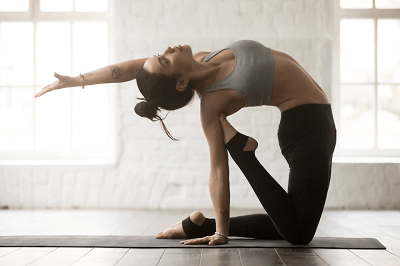
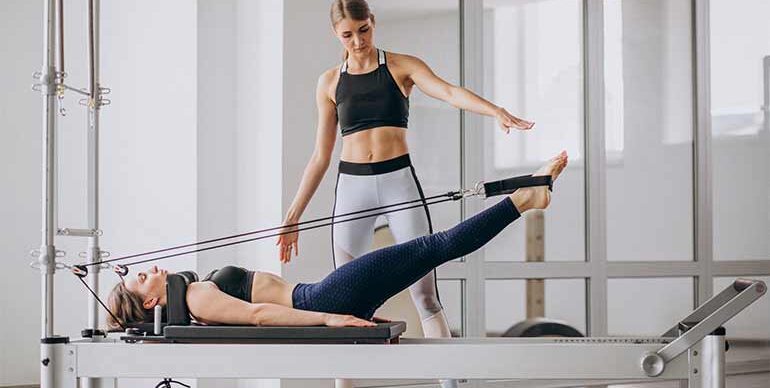
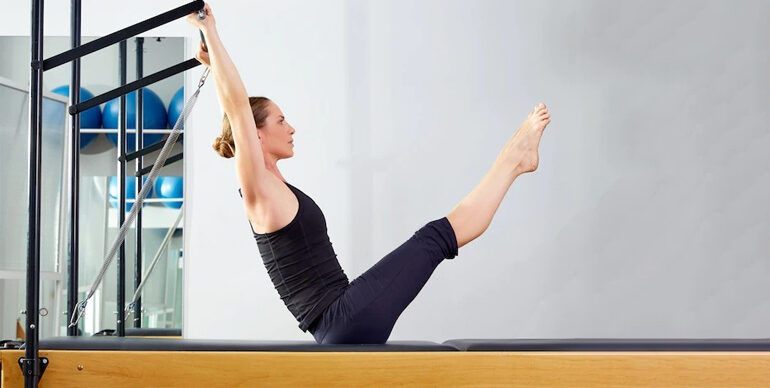
Add Review